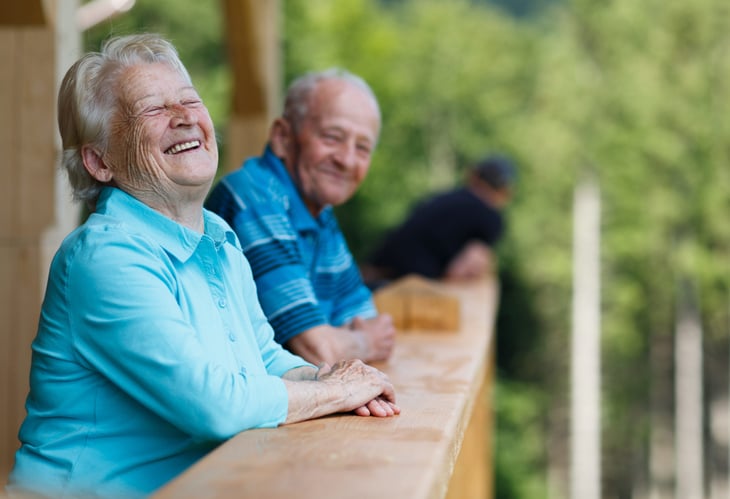
The gigantic generation known as the baby boom, whose members were born between mid-1946 and mid-1964, has had an outsized effect on everything from music to movies to real estate.
And just as boomers have changed the world, so has the world changed an enormous amount in the boomers’ lifetimes.
The oldest among them remember life before color television, and now they live in a world of streaming services and YouTube. Once, a calculator seemed like the pinnacle of technological achievement, and now they might own a talking virtual assistant, such as Alexa.
Now, this enormous generation is moving into retirement and grandparenthood. And moving with them are memories of a time that will not come again.
Here’s a look at things most baby boomers remember, but that have faded from our daily lives. (Of course, their parents — Silent Generation and Greatest Generation members — and certain members of Generation X experienced some of these things too.)
Test patterns
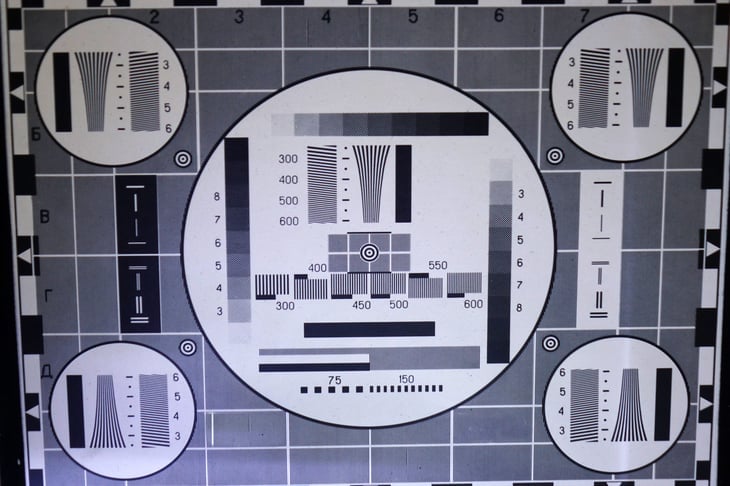
Now you can watch TV 24 hours a day, switching from specialty sports channels to all-news channels to movies. But back in the 1950s and 1960s, TV stations would sign off each day at a certain hour, usually around midnight, often after playing the national anthem.
Then the TV screen would switch to a test pattern that showed the transmitter was active, but no programming was planned, which was often accompanied by a staticky sound or simple music.
Maybe it was a reminder we could still use today: At some point, turn off the set and catch those ZZZs.
Milk delivery
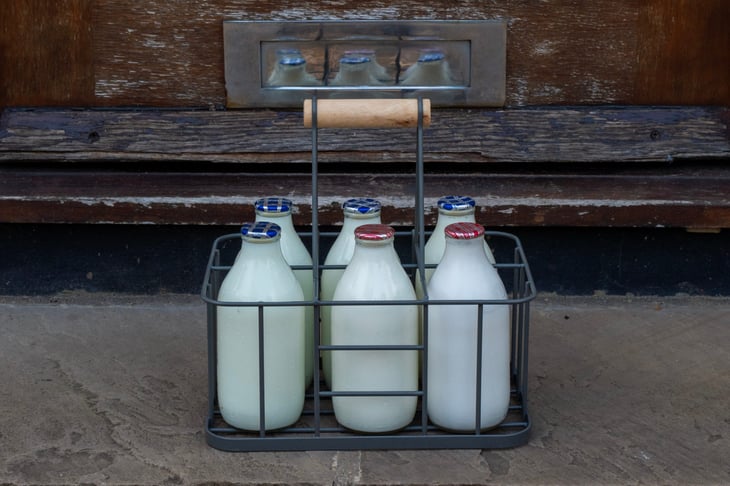
According to USDA agricultural surveys, about 30% of milk was still delivered to homes in the 1960s, when boomers were pouring it on their Froot Loops and using it to wash down their PBJs. Milkmen (sometimes women) had regular routes, and they delivered cream and other dairy products as well.
Sure, some specialty dairies still do home delivery today, but the days when every home had a milkman are udderly lost.
Beatlemania
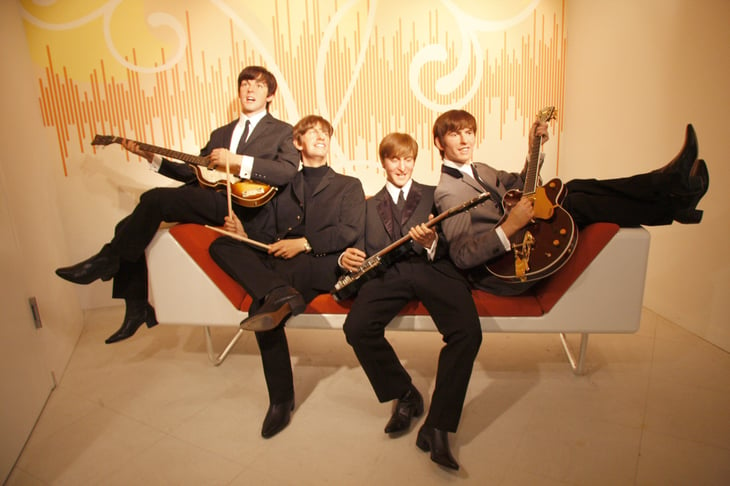
Is there a more famous group of names than John, Paul, George and Ringo? In 1964, when the oldest boomers were teens and the youngest still arriving on the scene, The Beatles played on “The Ed Sullivan Show,” and ecstatic teen screams could be heard from New York to New Mexico.
Beatles fans haven’t been able to “Let It Be” ever since.
Pop tops
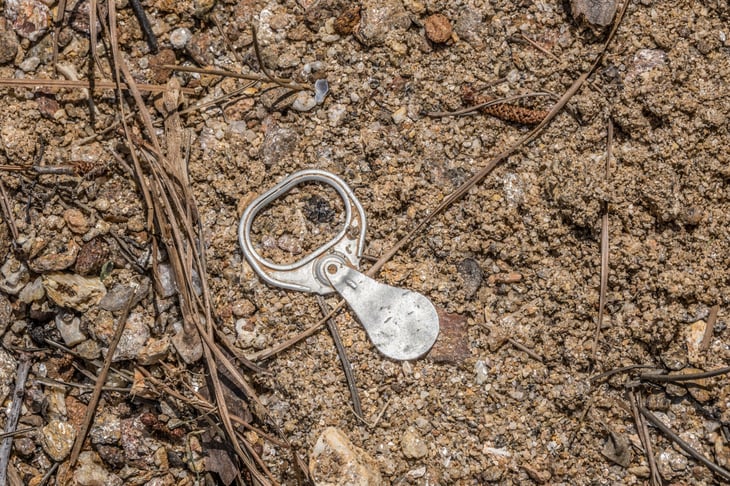
Open a pop or beer can today, and the silver metal tab just kicks back and stays on the can. That’s the “push tab,” a litter-saving improvement over boomers’ younger days, when pop tops — also known as pull tabs — ruled the drink section. You opened a can by fully removing the pop top, and many people carelessly tossed them on the ground, or even dropped them into a half-consumed can. Gulp!
The new tops came along in 1975, and are both cleaner and safer. We’ll drink to that.
Watching the first moon landing
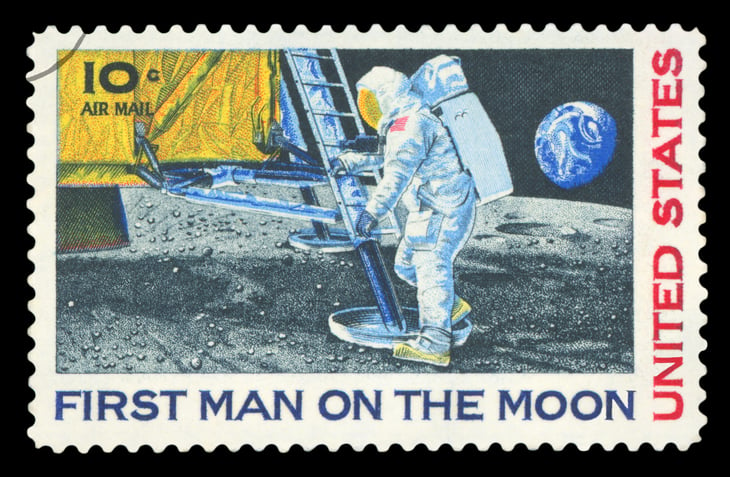
On July 20, 1969, Neil Armstrong took one small step for man, one giant leap for mankind. Hundreds of millions of people, including many young boomers, watched in awe.
Later generations have seen the Apollo 11 moon landing in flickering old television reruns, or recreated in movies and shows. But with most Gen Xers too young to remember it, it’s up to boomers and their elders to recall what it was really like to watch this galactic achievement unfold live.
The original ‘Mickey Mouse Club’
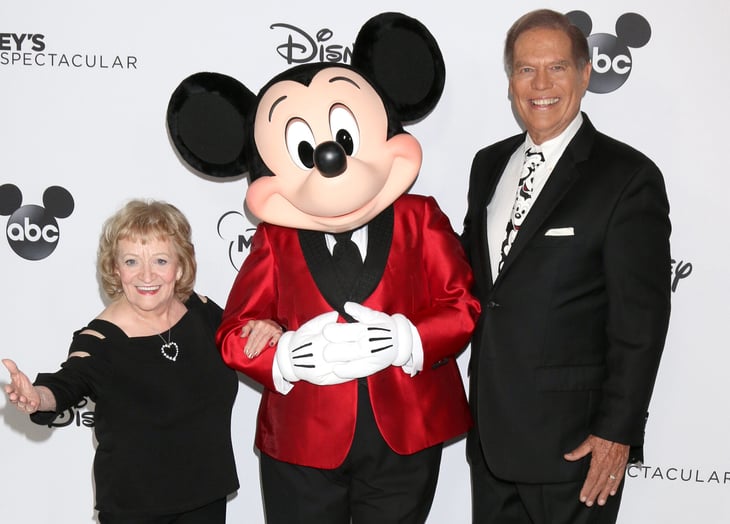
“M-I-C … See you real soon! …”
“The Mickey Mouse Club” originally ran from 1955 to 1959, and many boomers dreamed of someday becoming one of the TV show’s Mouseketeers, belting out a song while wearing mouse-ear hats and shirts bearing their first names.
Only a few of the original Mouseketeers (namely, Annette Funicello) went on to Hollywood fame. But all of them are fondly remembered by boomers who watched them perform on the show, which was later resurrected for younger generations.
“K-E-Y … Why? Because we like you!”
Beach party movies
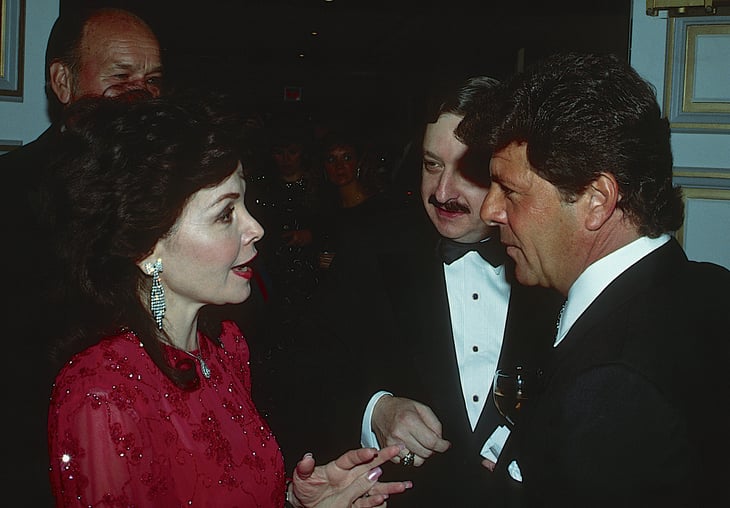
Cowabunga, Moondoggie. The surfing trend of the late 1950s and 1960s brought with it a whole new vocabulary, a fresh category of music, TV shows such as “Gidget” and the beach-party movie genre. “Beach Party,” starring Frankie Avalon and Annette Funicello, was a surprise hit in 1963, and was quickly followed by a tidal wave of similar teen-aimed features, generally comedies.
Crammed with music, sun and surf, and good-looking actors in swimsuits, the genre was perfect drive-in-movie make-out fare, but these flicks had pretty much surfed their way to shore by the time the 1970s arrived. In 1987, Avalon and Funicello (pictured) spoofed the films in the in-joke-filled homage “Back to the Beach.”
Watching the very first ‘SNL’ episode
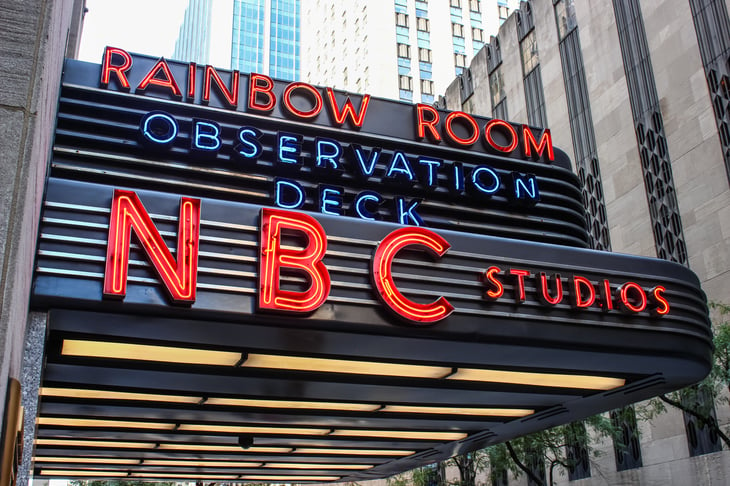
On Oct. 11, 1975, a new show premiered on NBC, and it’s been aiming to make America laugh ever since. The iconic sketch-comedy show was originally called just “Saturday Night” — changed to “Saturday Night Live” (or just “SNL”) in 1977.
From the Coneheads to Wayne’s World to Weekend Update, the show’s memorable skits have made the show a hit for decades now, but that first season was aimed smack at the boom, with boomers John Belushi, Dan Aykroyd, Gilda Radner and Jane Curtin among the cast.
“Live, from New York, it’s Saturday Night!”
When Muhammad Ali was Cassius Clay
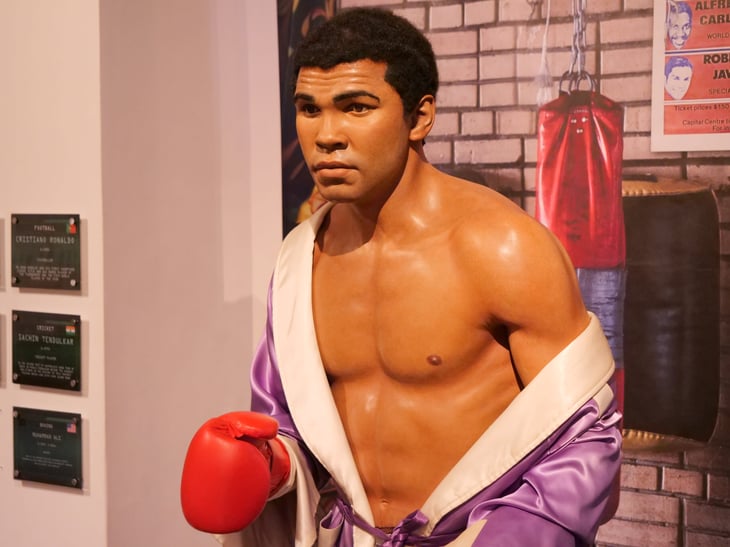
People of all living generations remember boxer Muhammad Ali, who died in 2016 at age 74. But only boomers and their parents’ generation recall when Ali went by his birth name, Cassius Clay.
He joined the Nation of Islam and changed his name in 1964 before converting to Sunni Islam in the 1970s. Ali would go on to capture the world spotlight for decades, winning the world heavyweight championship three separate times.
Duck and cover drills
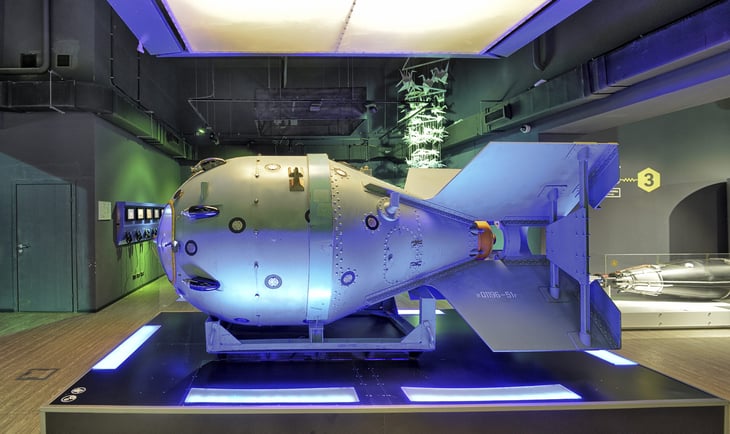
Remember Bert the Turtle? The cartoon creature was created for a short film called “Duck and Cover,” shown in U.S. schools in the 1950s to teach children to drop to the floor and hide beneath their desks in case of a nuclear attack. Students were told to shelter under furniture and cover up their bodies like Bert hiding inside his shell.
The U.S.-Soviet arms race was on then, and the grim message was clear: The U.S. was no longer the only nuclear power. Thankfully, the disastrous future the drills were prepping boomers for never came to pass, leaving Bert the Turtle an unnerving and disturbing part of history.
Using traveler’s checks

Back when boomers were beginning to travel, it was common to head to one’s bank and buy a batch of traveler’s checks. Users signed the checks when they received them and then added a (presumably matching) signature when they purchased something. The main draw? Unlike cash, a lost traveler’s check could be easily replaced.
But banking and spending have changed, and today, you can spend money on vacations much as you do at home — by using credit or debit cards, or withdrawing local currency from a bank machine.
Macrame
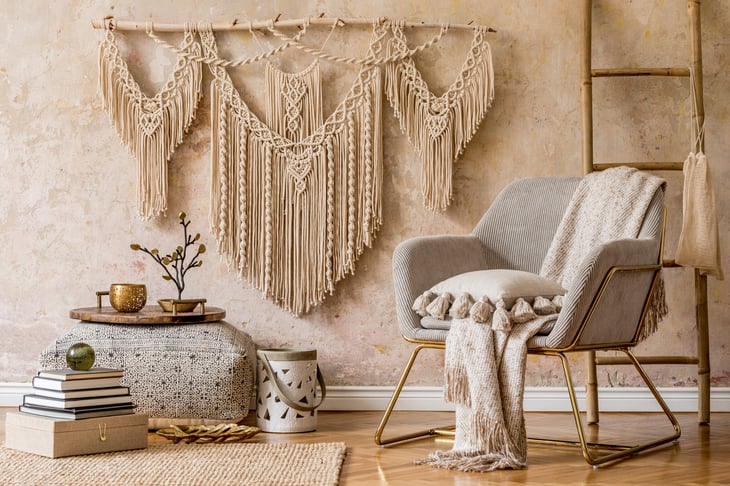
Decorative knot-tying has existed for as long as there’s been some form of rope. But macrame, the art of elegantly knotting rope into everything from drink coasters to swimsuits, may never again be hotter than it was in the 1970s. Macrame unraveled as a trend before the ’70s ended, but even today, just the sight of a macrame plant holder might tie boomer memories up in knots.
Rotary dial phones
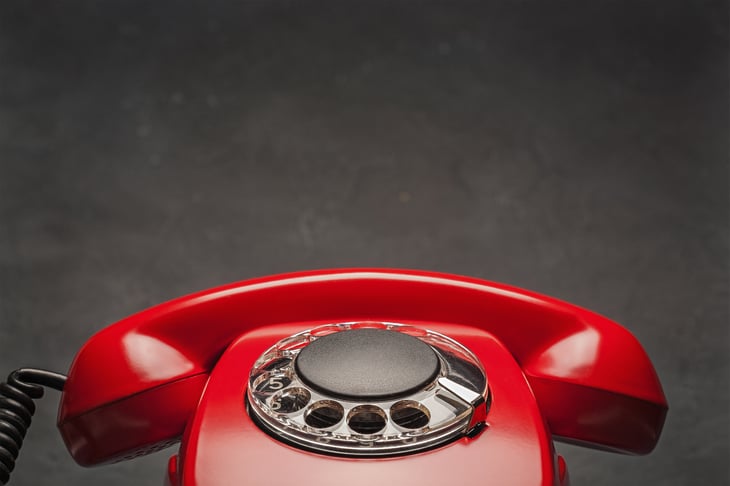
Brrrr-ing! How long has it been since you made a call with a rotary-dial phone? Solid as boulders and reliable as the sun, these clunky machines once brought families together, enabled business transactions and made long-distance love possible. They were eventually replaced with push-button “dialing” and now, of course, with smartphones.
Typewriters
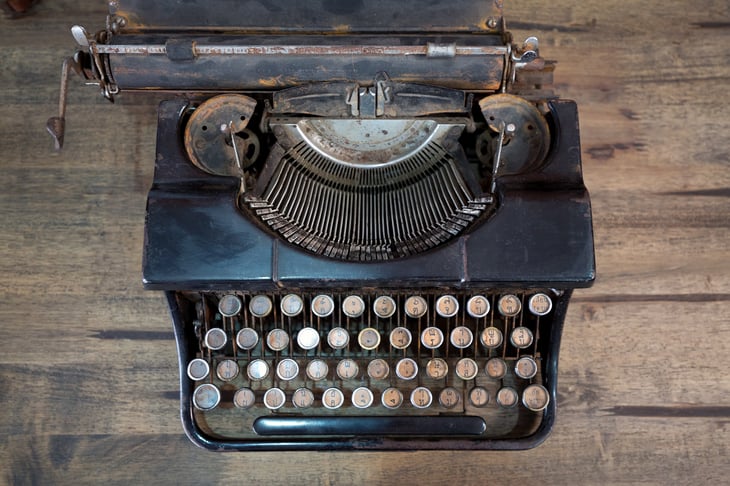
What an innovation typewriters were when they came along in the 1800s, allowing users to put perfectly shaped letters and numbers on paper, clearly and precisely. Boomers used them not just for high school and college work, but at many jobs. (Yes, Gen Xers and older generations used them too.)
But unlike computers, they didn’t allow for easy erasing, much less complicated revising. When personal computers and word processors began their rise in the 1980s, the writing was on the wall for the typewriter. Now they’re a novelty and a nostalgic memory.
Print encyclopedias

Need to know the capital of South Carolina or Woodrow Wilson’s vice president? Today, an internet search will get you those answers in seconds (Columbia and Thomas R. Marshall), but back when boomers were in school, print encyclopedias were a desperate student’s search engine. Multi-volume sets, often sold door to door, were a staple of many a boomer’s home.
Home computers eliminated the need for the heavy, shelf-dominating volumes, but the name lives on in the popular digital reference work Wikipedia.




Add a Comment
Our Policy: We welcome relevant and respectful comments in order to foster healthy and informative discussions. All other comments may be removed. Comments with links are automatically held for moderation.